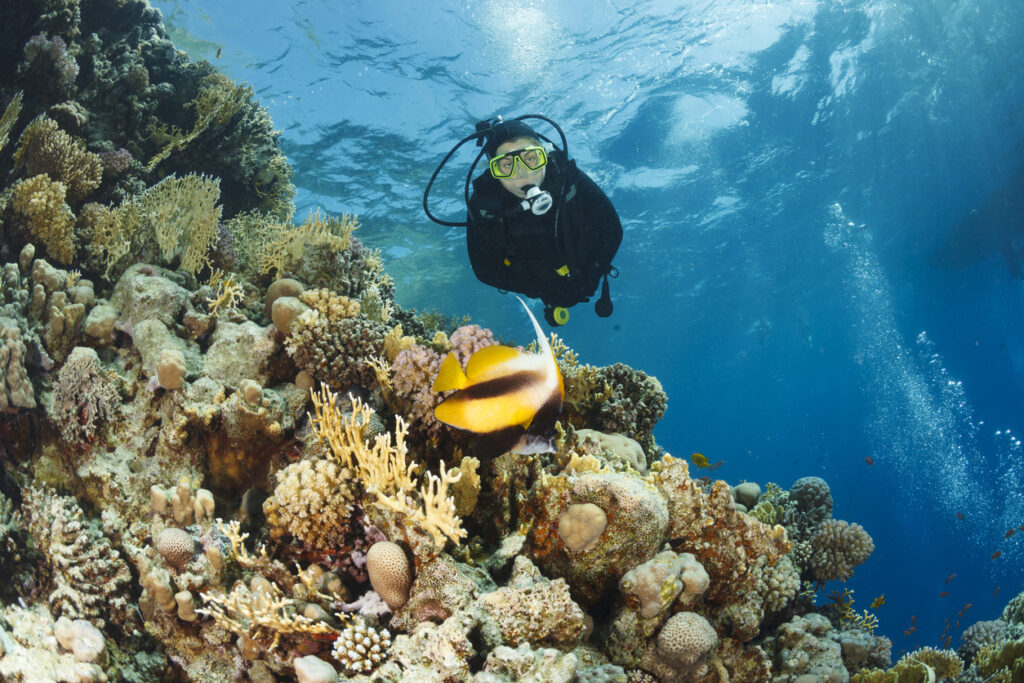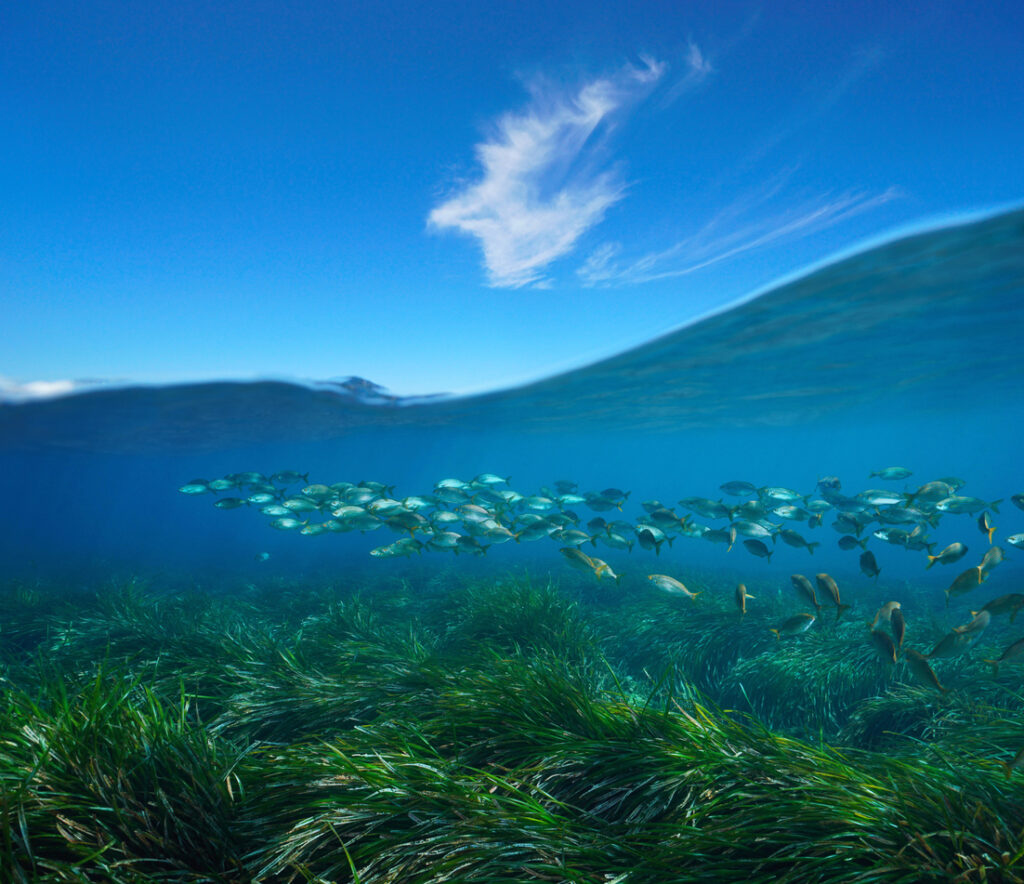Earth’s biodiversity is vital for sustaining all life, and our ecosystems are delicately balanced to create an environment where so many species can survive and thrive.
Having a great array of different species in our world and protecting them is something we strive for. With our commitment to education and conservation at Blue Planet Aquarium, we thought we’d share a few recently discovered species and the science behind how scientists identify and classify the latest finds.
The art of taxonomy
Thanks to the 18th-century invention of taxonomy, which is the scientific process of identifying and classifying new species, scientists continue to learn more about the world we live in. This is done by identifying similarities and differences in organisms (e.g. animals and plants) and microorganisms to determine whether a discovery could be classified as a new species. Once a species is identified, it’s then given a unique scientific name which labels it and helps us understand its relationships better.

What new species have scientists found recently?
Over the last year, scientists and taxonomists have been busy identifying and classifying several new species. But they don’t just find undiscovered living species – they sometimes also come across the fossils of extinct species that are yet to be named and classified. Because of this, we can keep learning about what the world was like hundreds, thousands and even millions of years ago.
Below you can find a collection of just some of the most recently discovered species around the world.
A vegetarian piranha
We all know that the Amazon River is home to huge numbers of species, making it one of the most biodiverse places in the world. This continues to be proven with discoveries of new species in this part of South America such as the recently identified Myloplus sauron – a herbivorous type of piranha. The discovery demonstrates the effort being made to understand the differences between species of piranhas and their close relatives which are often wrongly mistaken as as being bloodthirsty fish. What we can also learn from this discovery is that there is plenty more to uncover about the fish and other organisms that call the Amazon River their home.
Ancient whale species
Remember when we said that scientists sometimes come across unidentified extinct species? Well, the Perucetus colossus is one of these. Fossils of this ancient species of whale were recently discovered in Peru, and it’s thought that this might be the heaviest animal which has ever lived. In fact, it’s estimated to have weighed up to twice as much as the blue whale! Although it’s difficult to be certain, this 40-million-year-old aquatic creature seems to be entirely different to anything alive today that we know of.
Croakless frogs
A new type of frog endemic to the Ukaguru Mountains in East Africa stretching from Tanzania to Kenya has been uncovered. As scientists continue to explore the largely unknown biodiversity in this region, this is just one of many discoveries that are sure to be made here.
This frog species is a spiny-throated reed frog, but its most unusual characteristic is that it doesn’t make any sound. While it was previously believed that all frogs communicated acoustically, scientists are now setting to work on finding out exactly how this particular species interacts with others since it doesn’t croak.

Two new pirate spiders
Named after their habit of taking over other spider webs and killing the occupants, two new species of pirate spider have been discovered in the threatened cloud forest on the remote island of St Helena in the South Atlantic Ocean, which is a British Overseas Territory. Ero natashae and Ero lizae are the two newest species of this type of spider found to be thriving here, and it’s hoped that this identification will help efforts to protect and conserve the island’s forest for many years to come.
Pygmy squid
Two species of pygmy squid were discovered living on Japanese coral reefs and given the scientific names Kodama jujutsu and Idiosepius kijimuna. While the latter was already known about, scientists had previously mistaken the two species as being the same. These teeny-tiny members of the Idiosepiidae family and their behaviours and characteristics are now being studied to learn more about the two newest members of the now eight-strong pygmy squid family.
A new flying gecko
First identified in 2001, the Mizoram parachute gecko (Gekko mizoramensis) has now been officially recognised as a species in its own right. This creature is part of an exclusive club of just 14 other geckos known to be able to travel through the air using specially adapted skin flaps and webbed feet. Its discovery is hoped to encourage further efforts to document the hidden biodiversity of northern India where this cute little creature was found.
These new discoveries are extremely important for scientists to continue appreciating, protecting and learning about the biodiversity of Earth. We want to encourage more people to come and learn about some of the world’s most fascinating creatures, some of which live right here at Blue Planet Aquarium. Allow your curiosity to wander and be sure to ask our knowledgeable aquarists if you have any questions about the animals featured in our exhibits.
Plan your next visit to Blue Planet Aquarium and purchase your tickets in advance here.
